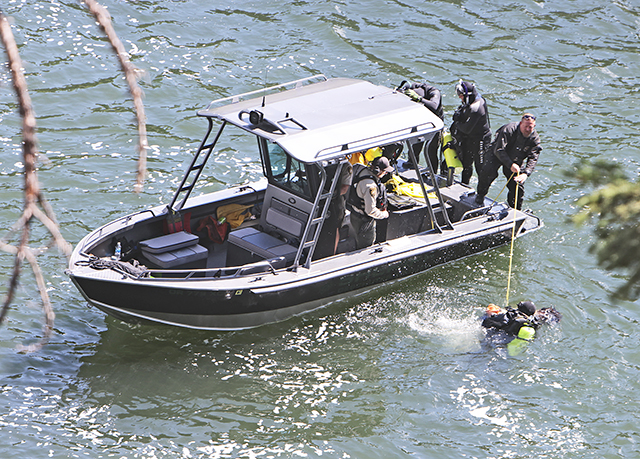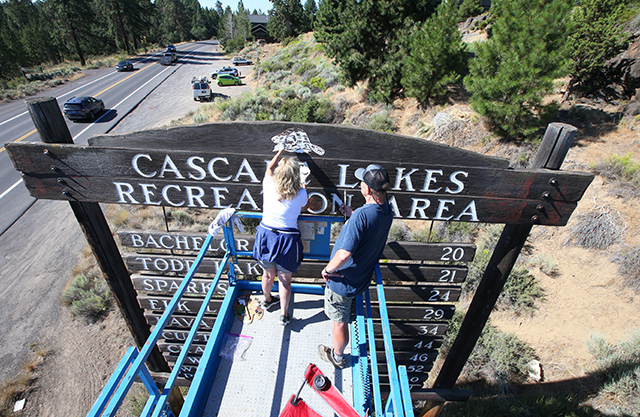Deceiving Deschutes: How to be safe on the river
Published 5:12 pm Thursday, June 5, 2025




It’s easy to think the Deschutes River is a calm and navigable waterway when one of the most popular summer pastimes in Bend is floating leisurely on inner tubes through the Old Mill District, but every year it catches locals and tourists off guard.
On May 29, a woman from La Pine drowned after getting trapped in the rapids at Pringle Falls. She and her husband were paddleboarding when they fell into the water, and first responders were unable to save the woman due to the treacherous terrain.
On Sunday, a Bend man was also found floating face-down in the river just north of the Portland Avenue Bridge. When Bend Police arrived at the scene, they were able to resuscitate him and he was transported to St. Charles Bend for emergency medical attention.
Trending
“The Deschutes River is characterized by very flat water and pretty suddenly, big rapids. Current picks up quickly and powerfully above these rapids. Know your put-ins and take-outs relative to rapids,” said Tumalo Creek Kayak and Canoe manager Sue Fox when asked about safety. “Rivers are constantly changing.”
According to Brian Paulsen, boating safety manager for the Oregon State Marine Board, stand up paddleboarding incidents were rare before 2019, but the rising popularity of paddleboards has led to at least 10 fatalities across the state since 2020. Most of these happened because a life jacket wasn’t worn or because the person wasn’t wearing a quick-release leash, he said.
“There’s an emerging trend when we look at the causes for fatalities in recent years, where a person, otherwise well outfitted, died because their leash to the SUP became entangled in brush or other debris on area rivers,” Paulsen said. “Most ankle leashes used by SUP users are not designed for quick release. If you get it tangled on rocks or downed trees, the leash can make escape nearly impossible.”
Leashes, which are watercraft tethers typically attached at the ankle, are prohibited altogether at Whitewater Park by Bend Park and Recreation. The park is a popular destination for floaters and whitewater enthusiasts alike, but it is most known for river surfing.
While surfing leashes are commonly used in the ocean, the safety standards are different for moving bodies of water like the Deschutes River, Paulsen said; in areas where leashes are permitted, quick-release options that belt at the waist and not the ankle are ideal.
In Oregon, all watercraft under 16 feet in length — including canoes, kayaks and stand up paddleboards — require that people have a life jacket readily accessible. The marine board recommends life jackets be worn at all times by adults, and children 12 and under are required to wear life jackets at all times.
Trending
“Accidents don’t give you time to put your life jacket on and fit it properly. A personal flotation device should always be completely buckled and snug. In the event of a swim, a loose fitting life jacket can rise over your head and block your ability to breathe, slip off or create a snag-hazard. This is especially true in the spring when the water is snow melt and very cold,” said Fox.
Life jacket straps, like leashes, can also pose an entanglement risk and should be tucked inside the life jacket. Belt-pack inflatable life jackets are “a great option for paddleboarders,” said Paulsen, but they must be worn with the inflatable side at the front and buckles in the back.
“SUPs are very popular, available at big box stores, provide access to local waterways, and are a lot of fun,” said Paulsen. “But understanding the basics is crucial.”











